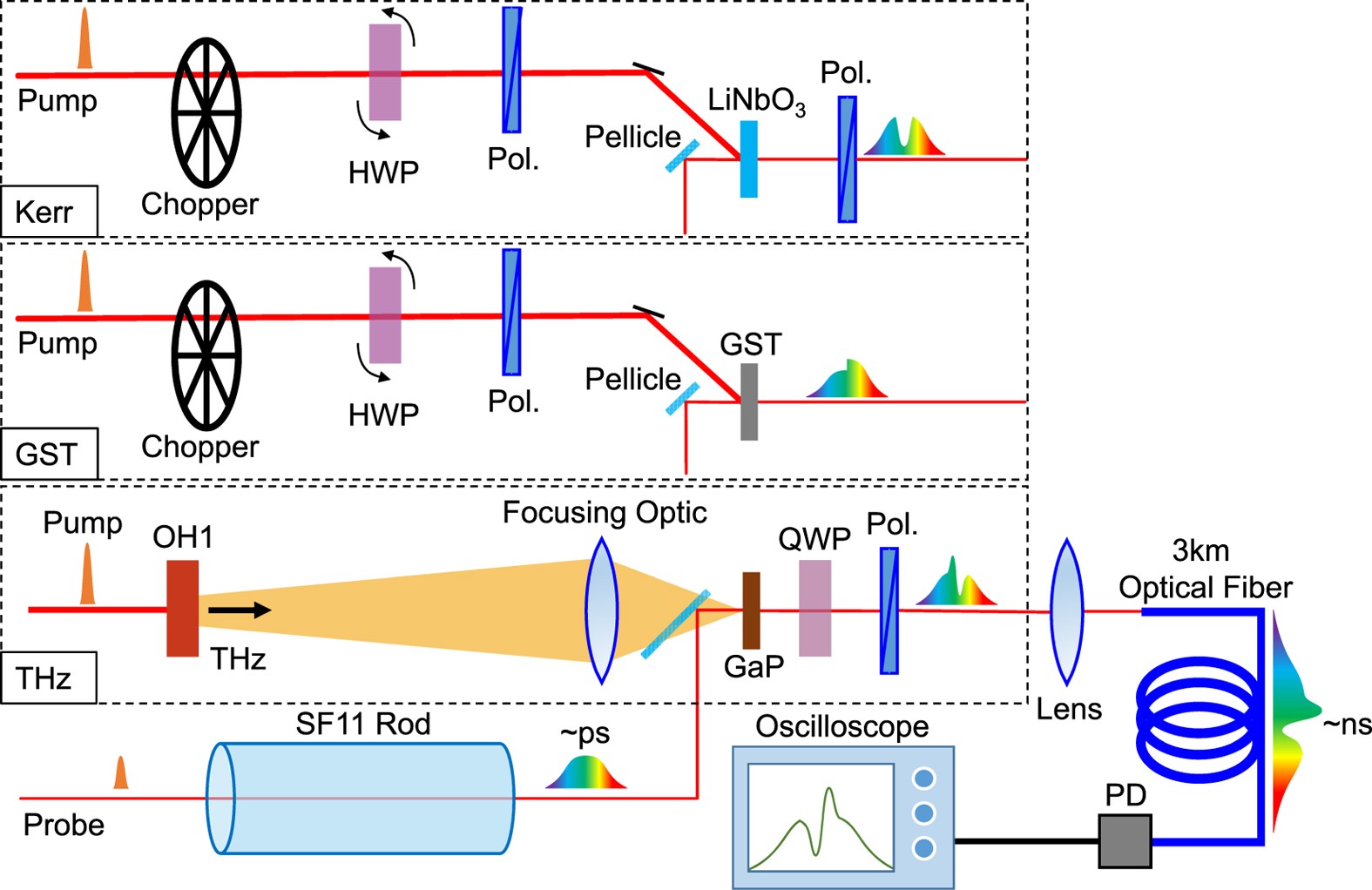Contents

Source: Nature
Understanding Pump-Probe Measurements
Overview
Pump-probe measurements are a powerful technique used in ultrafast laser spectroscopy to study fast processes in materials. This method involves hitting a sample with a pump pulse to generate an excitation, followed by a probe pulse to analyze the sample’s response at a later time. By varying the time delay between the pump and probe pulses, valuable information about the dynamics of the sample can be obtained.
Principle of Operation
In pump-probe measurements, a pump pulse first excites the sample, while a probe pulse interrogates the sample after a controlled time delay. By monitoring the probe signal over different time delays, researchers can study processes like decay of excitations or other phenomena induced by the pump pulse. The pulses are typically generated from a common laser source and controlled using an optical delay line.
Applications
One common application of pump-probe measurements is in the characterization of saturable absorbers, where the recovery of the absorber after excitation can be studied. This technique is also used in investigating the speed of photodiodes, understanding laser material processing, and conducting time-resolved spectroscopy to analyze systems with both spectral and temporal dimensions.
Two-Color Pump-Probe Measurements
In some cases, two-color pump-probe measurements are employed using synchronized sources of different wavelengths. This approach offers additional capabilities in ultrafast laser spectroscopy, allowing for measurements with different pump and signal wavelengths. Tight synchronization of the laser sources is crucial to achieve high temporal resolution.
Conclusion
Pump-probe measurements provide valuable insights into ultrafast phenomena and are widely used in various scientific and industrial applications. By combining pump and probe pulses with precise timing control, researchers can unravel the intricate dynamics of materials and processes at picosecond and femtosecond scales.

Source: MIT
Feel free to comment your thoughts.



